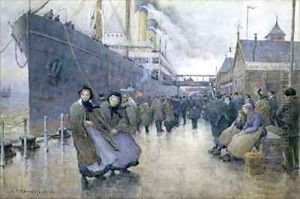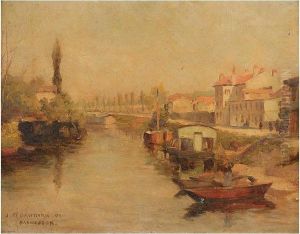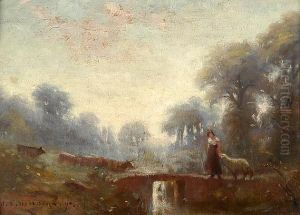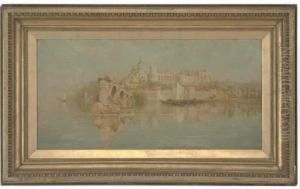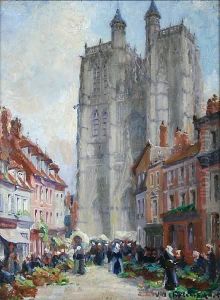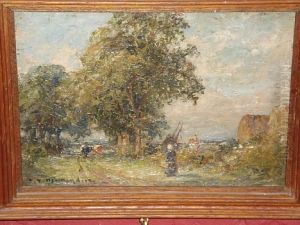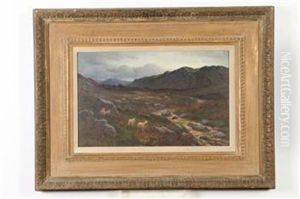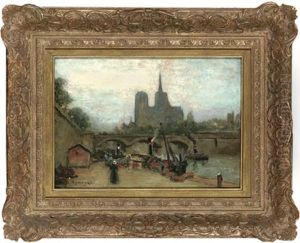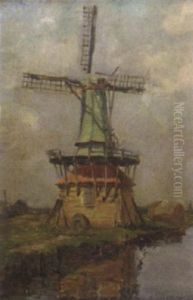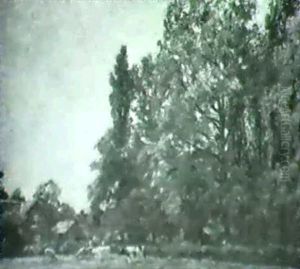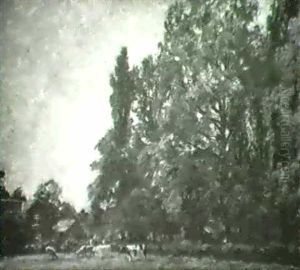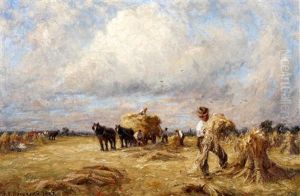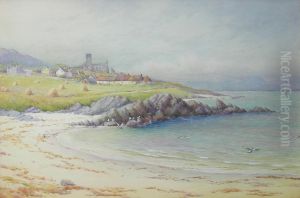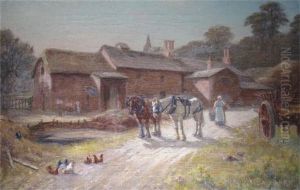Joseph Yelverton Dawbarn Paintings
Joseph Yelverton Dawbarn was an English artist, illustrator, and cartoonist, born in 1846 in the bustling port town of Liverpool, England, and passed away in 1929. His life spanned a period of significant change in British society, witnessing the height of the British Empire, the Industrial Revolution, and the aftermath of the Victorian era. Dawbarn's work, though not as widely recognized as some of his contemporaries, provides a fascinating glimpse into the social and political climate of his times through the lens of humor and satire.
Dawbarn's artistic journey began in Liverpool, a city known for its rich cultural landscape and as a hub for global trade. The vibrant environment of Liverpool, coupled with the societal changes happening around him, influenced Dawbarn's early interest in art and satire. He honed his skills in drawing and illustration, eventually finding a unique voice that blended humor with commentary on daily life, politics, and social issues.
Throughout his career, Joseph Yelverton Dawbarn contributed to various publications, showcasing his versatility as an artist. He was particularly known for his work as a cartoonist, where he excelled in capturing the essence of British life and the quirks of its people. His illustrations often featured in magazines and newspapers, providing a visual commentary on the events and personalities of his time.
Despite his contributions to the art world, Dawbarn remained relatively obscure compared to other artists of the era. However, his work has gained more recognition over time, with art historians and collectors appreciating the insight his cartoons and illustrations provide into the late 19th and early 20th centuries. Dawbarn's legacy is that of a keen observer of human nature and society, whose art continues to entertain and inform those who discover it.
Joseph Yelverton Dawbarn's death in 1929 marked the end of a career that had quietly influenced the field of illustration and cartooning in England. Today, his work serves as a historical record, offering a window into the world of a bygone era through the unique perspective of an artist who skillfully merged wit with artistic expression to capture the complexities of his time.
